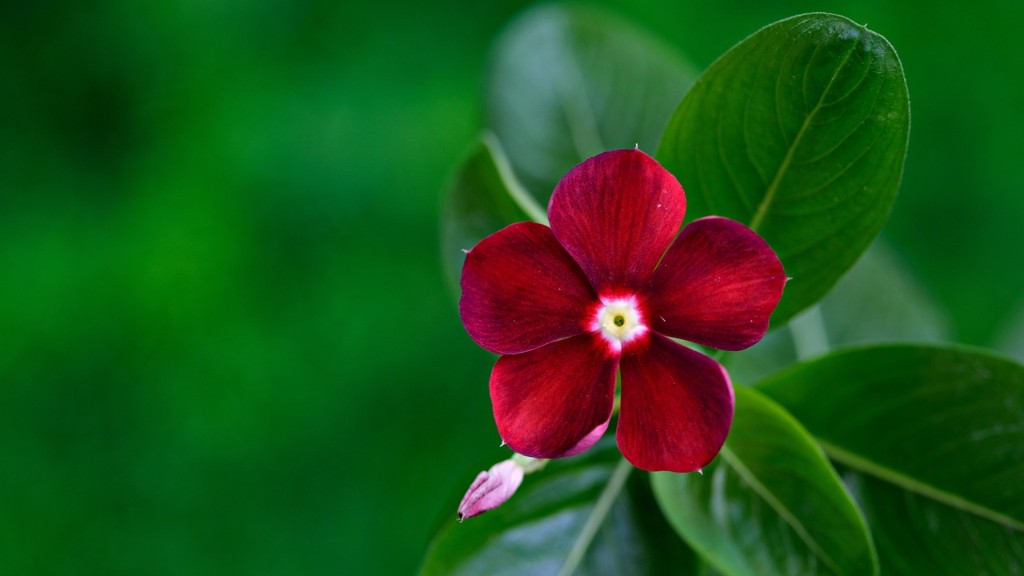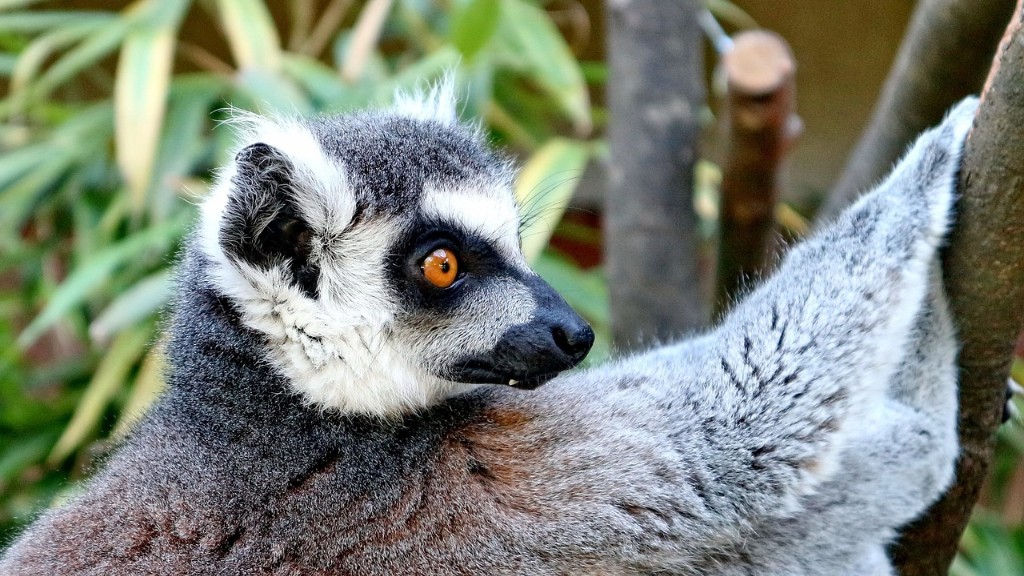How Large is Madagascar Compared to Greenland and Iceland?
When it comes to landmass size, three prominent islands often come to mind: Madagascar, Greenland, and Iceland. Each of these islands has its own unique geographical features, history, and cultural significance. In this article, we will explore how large Madagascar is compared to Greenland and Iceland, providing relevant data and expert perspectives to paint a comprehensive picture of these varied landmasses.
Madagascar
Madagascar, located off the eastern coast of Africa in the Indian Ocean, is the fourth largest island in the world. Covering an area of approximately 587,041 square kilometers (or 226,658 square miles), it boasts a diverse range of ecosystems, including rainforests, deserts, and highlands. The island is renowned for its rich biodiversity, with a staggering number of unique animal and plant species found nowhere else on Earth. Despite facing challenges such as deforestation and habitat loss, Madagascar remains a captivating destination for nature enthusiasts and travelers seeking an adventure in the wild.
Greenland
Greenland, an autonomous territory within the Kingdom of Denmark, is the world’s largest island. Located between the Arctic and Atlantic Oceans, its land area spans approximately 2,166,086 square kilometers (or 836,330 square miles). Although called Greenland, the majority of its landmass is covered by ice, making it the second largest ice sheet in the world after Antarctica. With a small population mainly concentrated along the coastlines, Greenland offers stunning landscapes and unique cultural experiences, combining elements of indigenous Inuit traditions and Danish influences.
Iceland
Iceland, the Land of Fire and Ice, holds its own charm and allure. Situated in the North Atlantic Ocean, it covers an area of roughly 103,000 square kilometers (or 39,769 square miles). Known for its geothermal activity, majestic waterfalls, and picturesque landscapes, Iceland is a favorite destination for nature enthusiasts and adventure seekers. Its population, although small, thrives on a rich cultural heritage intertwined with folklore and the sagas of the Vikings. Iceland’s unique blend of natural wonders and cultural treasures makes it an enticing place to explore.
Expert Perspectives
According to Dr. Laura Wright, an expert in geographical studies, the comparison of these three islands demonstrates the immense diversity our planet has to offer. “Madagascar’s vast landmass showcases the wonders of tropical biodiversity, whereas Greenland and Iceland captivate us with their contrasting icy landscapes and unique cultural histories,” she points out. “Understanding the differences between these islands allows us to appreciate the range of ecosystems and human adaptations that thrive in various environments.”
In line with Dr. Wright’s view, Dr. James Anderson, an expert in polar studies, highlights the significance of Greenland’s ice sheet for understanding climate change. “Greenland’s ice sheet plays a crucial role in the Earth’s climate system. Monitoring its changes and studying its dynamics provide invaluable insights into the impacts of global warming,” he explains. “While Iceland’s glaciers are also affected by climate change, their smaller size limits their contribution to sea-level rise, making Greenland a vital focus for scientific research.”
Comparing Sizes
Now, let’s delve into the numbers to provide a clear understanding of how the sizes of Madagascar, Greenland, and Iceland compare.
- Madagascar: 587,041 sq km (226,658 sq mi)
- Greenland: 2,166,086 sq km (836,330 sq mi)
- Iceland: 103,000 sq km (39,769 sq mi)
From these figures, it is evident that Greenland is remarkably larger than both Madagascar and Iceland. In fact, Greenland’s landmass is roughly 3.7 times the size of Madagascar and over 20 times larger than Iceland. This significant difference in size highlights the vastness and grandeur of Greenland’s icy expanse.
Insights and Analysis
The size comparison between these islands provides valuable insights into their geographical and environmental significance. The vastness of Greenland’s ice sheet underscores the island’s role in global climate patterns, while Madagascar’s diverse ecosystems emphasize its importance for biodiversity conservation. Iceland, with its smaller size, demonstrates the ability to preserve and showcase its unique natural and cultural wonders on a smaller scale.
Beyond their geographical dimensions, these islands offer different experiences and opportunities for exploration. Madagascar beckons adventurers with its lush rainforests and endemic wildlife, Greenland offers a glimpse into the remote Arctic wilderness, and Iceland presents a captivating blend of geothermal wonders and captivating folklore. Each island provides ample reasons to visit and enrich one’s understanding of our diverse planet.
Conclusion
In conclusion, Madagascar, Greenland, and Iceland each have their own distinct qualities, making them fascinating destinations from both geographical and cultural perspectives. While Greenland stands as the largest, boasting an immense ice sheet, Madagascar captivates with its biodiversity, and Iceland enchants with its volcanoes and geothermal treasures. Exploring these islands not only offers breathtaking landscapes and unique experiences but also fosters a greater appreciation for the wonders of our vibrant planet.


